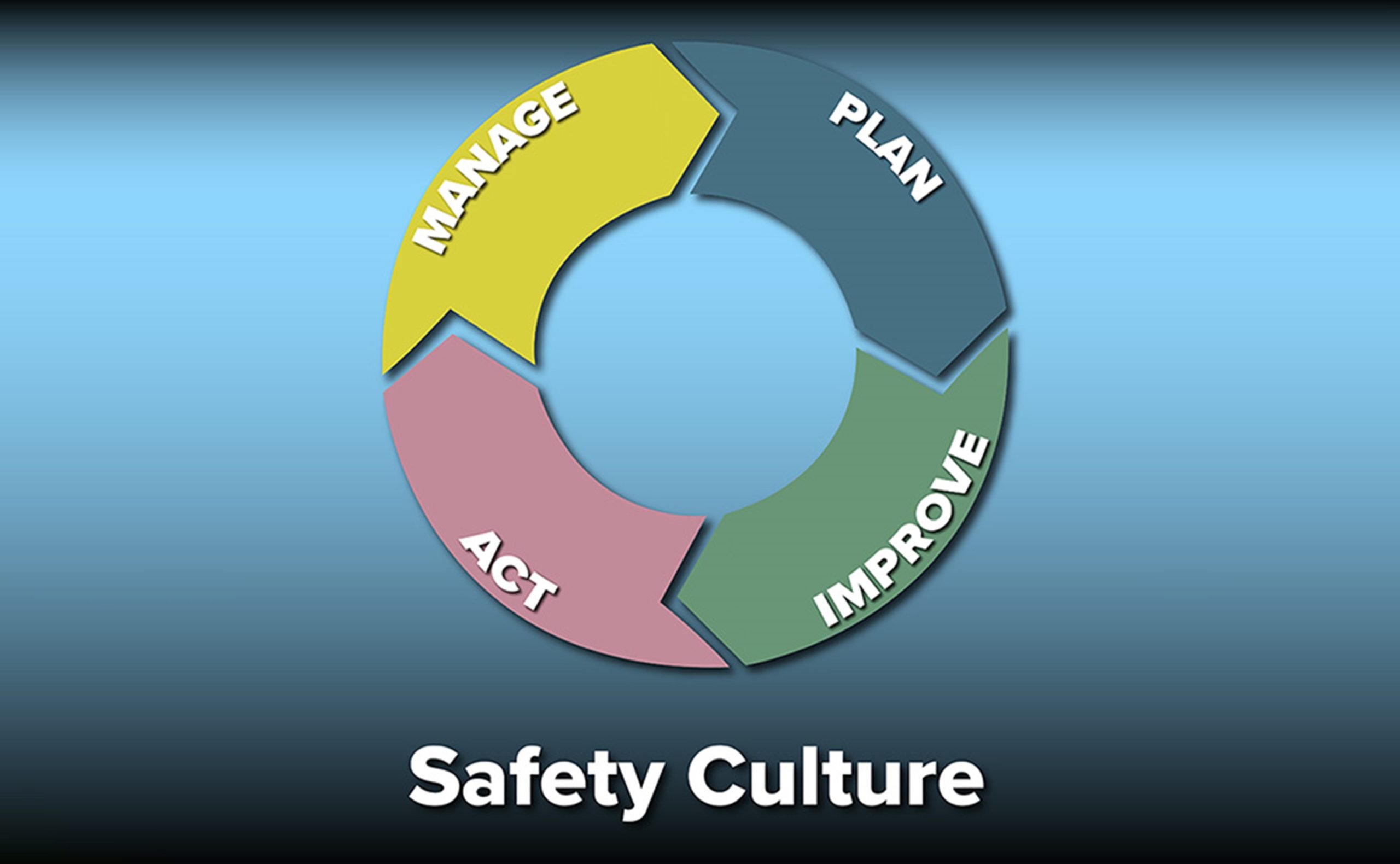Management commitment is the backbone to building a safety culture

Most employers know how to provide their employees with regular safety training and adequate PPEs, which are concrete safety practices. Creating a safety culture may seem more like a nice-sounding slogan.
The good news is that a safety culture is achievable when management commits to developing a safety management system through adopting processes and procedures.
A body of workplace safety research consistently concludes that management commitment is the most important precursor to a safety culture.
How does management demonstrate the commitment to achieve a culture of workplace safety? Below is a list of best practices recommended by safety experts:
- Make safety one of your company values as you would customer service or high performance
- Set measurable safety goals and objectives for safety in the same way your business sets customer service or sales goals
- Hire employees who value safety and health in the workplace
- Select staff in positions of authority who are conscientious about their safety and health responsibilities
- Schedule regular safety audits with the safety officer, supervisors, and employees, and include them in safety performance reporting
- Leverage every opportunity to communicate your company’s safety commitment
- Most importantly, management must lead by example, adhering to the company’s safety plan
When management consistently follows through with these steps, a solid safety culture foundation is laid to build an effective safety program.
Next month, we will dive deeper into safety communication – the second highest contributor to a safety culture.





